Are you tired of the discomfort and limitations of traditional foam rollers?
Let’s be clear: foam rollers are a fantastic and effective tool, and you can learn all about them in our complete Beginner’s Guide to Foam Rolling.
But for some athletes, or for targeting specific, deep knots, sometimes a different approach is needed.
Many fitness enthusiasts struggle to find an alternative tool for deep tissue release that doesn’t cause pain or discomfort.
If you’re looking for those alternatives, you’re in the right place.
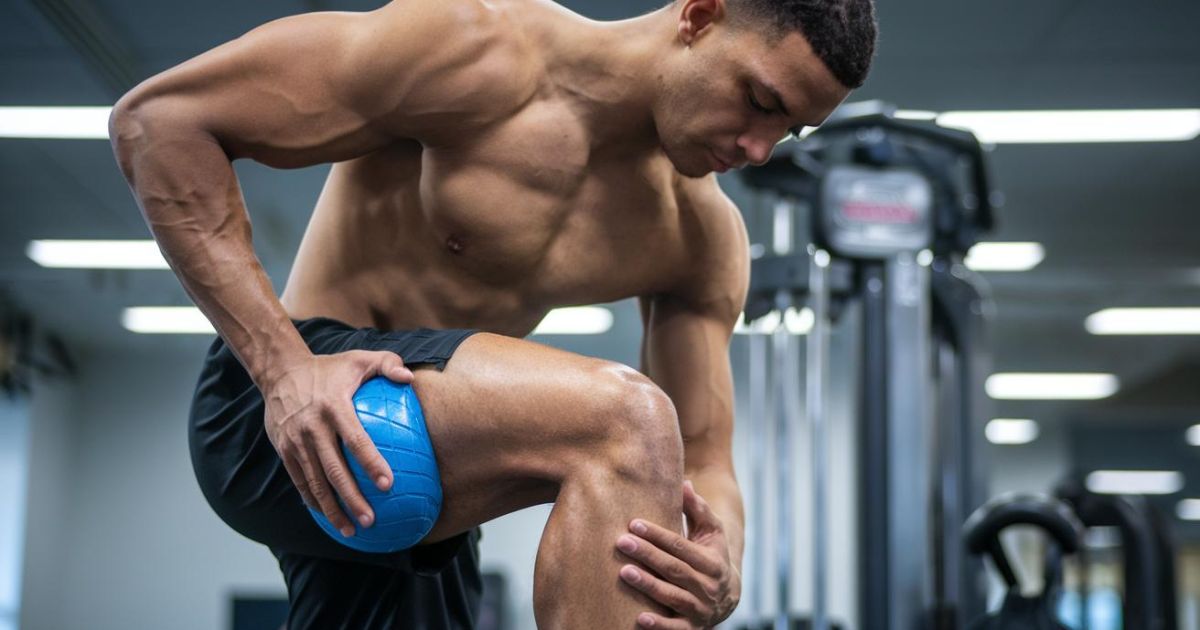
In this comprehensive guide, we’ll explore 5 powerful foam roller alternatives that can provide deep tissue release without the pain and discomfort associated with traditional foam rollers.
These alternatives are designed to target specific muscle groups, improve flexibility, and enhance overall recovery.
So, if you’re ready to ditch the foam roller and discover more effective options for deep tissue release, keep reading!
Key Takeaways
By exploring the various foam roller alternatives discussed in this guide, you can discover effective tools for deep tissue release that may be more comfortable and targeted than traditional foam rollers.
Some of the key benefits of using foam roller alternatives include:
- Reduced muscle soreness: Alleviate pain and discomfort caused by tight muscles.
- Improved flexibility: Enhance range of motion and prevent injuries.
- Targeted relief: Address specific muscle groups and trigger points.
- Portability: Many alternatives are highly portable, making them convenient for use at home or on the go.
Remember:
- Experiment with different options to find the tool that best suits your needs and preferences.
- Listen to your body and avoid pushing through pain.
- Be consistent with your recovery routine to experience the full benefits of these alternatives.
By incorporating foam roller alternatives into your recovery regimen, you can effectively address muscle tension, improve flexibility, and enhance your overall well-being.
Benefits of Deep Tissue Release
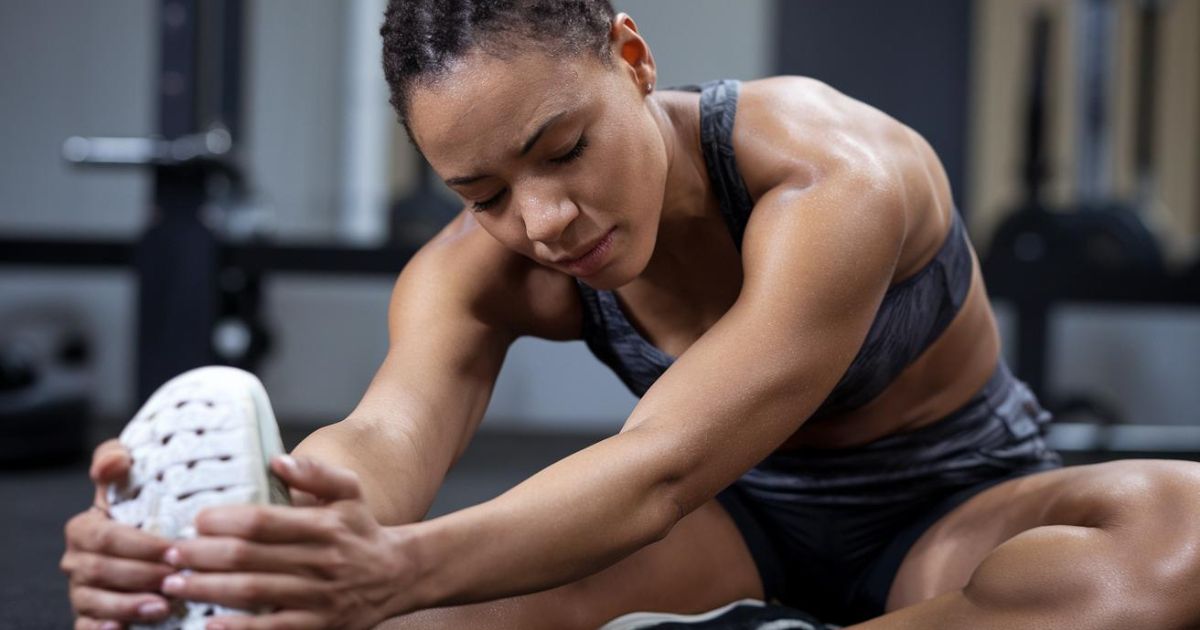
Deep tissue release is a valuable technique for addressing muscle tension and promoting recovery.
By targeting specific muscle groups and breaking down adhesions, deep tissue release can offer a range of benefits, including:
- Reduced muscle soreness: Deep tissue release can alleviate pain and discomfort caused by tight muscles and trigger points.
- Improved flexibility: By releasing muscle tension and improving range of motion, deep tissue release can help prevent injuries and enhance athletic performance.
- Enhanced performance: Improved flexibility and reduced muscle tension can lead to better coordination, balance, and overall athletic performance.
By incorporating deep tissue release techniques into your recovery routine, you can experience these benefits and optimize your overall well-being.
Limitations of Foam Rollers
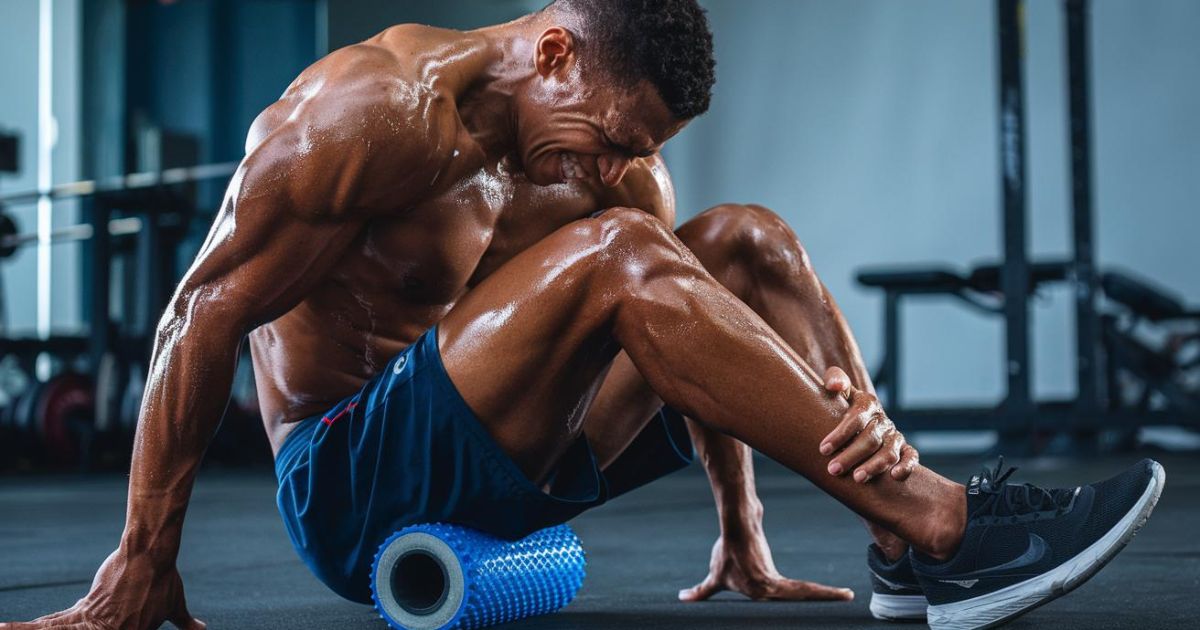
While foam rollers are a popular tool for self-myofascial release, they do have some limitations:
- Discomfort: Some individuals may find foam rolling uncomfortable or even painful, especially when targeting tight muscles.
- Difficulty maintaining balance: Balancing on a foam roller can be challenging, particularly for beginners or those with balance issues.
- Limited targeting: Foam rollers may not be as effective at targeting specific muscle groups, especially smaller areas.
- Lack of precision: It can be difficult to apply precise pressure to specific trigger points using a foam roller.
If you’ve experienced any of these limitations with foam rollers, it’s worth exploring the alternative options discussed in this guide.
Top Foam Roller Alternatives
Tired of the discomfort and limitations of traditional foam rollers?
Discover 5 powerful alternatives that offer deep tissue release without the pain.
These alternatives are perfect for athletes and fitness enthusiasts seeking effective recovery tools.
Let’s dive in and find the perfect option for you!
1. Lacrosse Balls – A Portable Powerhouse for Deep Tissue Release
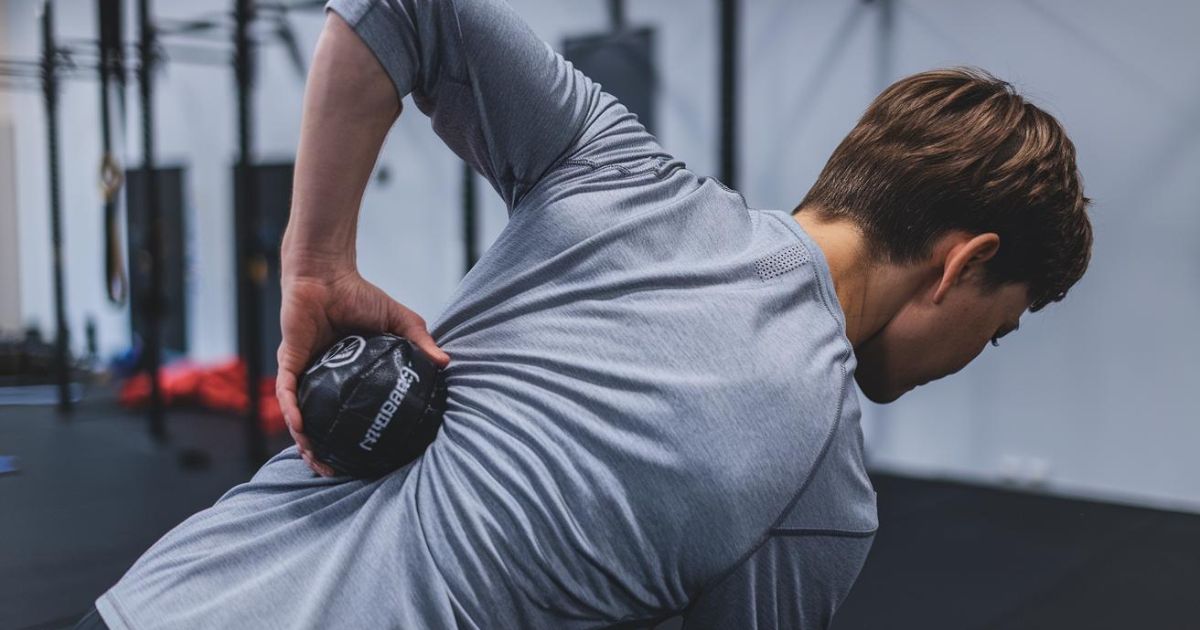
Lacrosse balls are a versatile and highly portable tool for deep tissue release.
Their smaller size and firm texture make them ideal for targeting specific muscle areas, providing a more focused massage experience.
Benefits:
- Portability: Easily carry lacrosse balls in your gym bag or travel kit.
- Targeted relief: Perfect for addressing tight muscles and trigger points in specific areas.
- Self-massage: Use lacrosse balls for convenient self-massage at home or on the go.
Usage Techniques:
- Find your tender spots: Locate areas of muscle tension or soreness.
- Place the lacrosse ball: Position the lacrosse ball under the tight muscle.
- Apply pressure: Use your body weight to apply gentle pressure to the ball.
- Roll back and forth: Slowly roll the ball over the affected area, focusing on areas of tenderness.
- Adjust pressure: Experiment with different levels of pressure to find what works best for you.
Pros and Cons:
Pros:
- Affordable and portable
- Highly effective for targeting specific muscle areas
- Can be used for various body parts
Cons:
- May be uncomfortable for beginners
- Requires some practice to use effectively
By incorporating lacrosse balls into your recovery routine, you can experience the benefits of deep tissue release in a convenient and portable way.
2. Tennis Balls – A Versatile Option for Deep Tissue Release
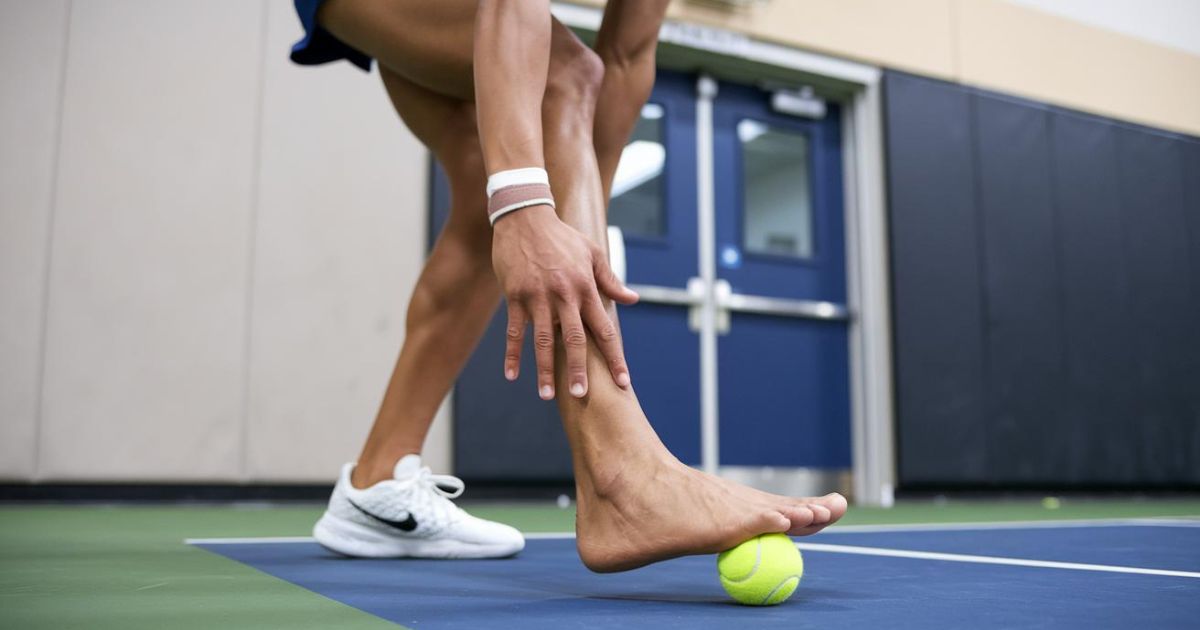
Tennis balls are another affordable and portable tool that can be used for deep tissue release.
Their slightly softer texture compared to lacrosse balls makes them suitable for individuals who find lacrosse balls too firm.
Benefits:
- Affordability: Tennis balls are readily available and relatively inexpensive.
- Portability: Easily carry them in your gym bag or travel kit.
- Targeted release: Effective for smaller muscle groups and trigger points.
Usage Techniques:
- Locate tender areas: Identify the muscles or areas that are tight or sore.
- Place the tennis ball: Position the tennis ball under the affected muscle.
- Apply pressure: Use your body weight to apply gentle pressure to the ball.
- Roll back and forth: Slowly roll the tennis ball over the area, focusing on areas of tenderness.
- Adjust pressure: Experiment with different levels of pressure to find what works best for you.
Pros and Cons:
Pros:
- Affordable and readily available
- Suitable for beginners or those who find lacrosse balls too firm
- Can be used for various body parts
Cons:
- May not provide as deep a massage as lacrosse balls
- Limited effectiveness for larger muscle groups
By using tennis balls for deep tissue release, you can enjoy the benefits of targeted massage without breaking the bank.
3. Trigger Point Therapy Balls – Precision Targeting for Deep Tissue Release

Trigger point therapy balls are specifically designed to target trigger points, which are areas of hyperirritability in the muscle tissue.
These balls offer precise and effective relief for muscle tension, pain, and limited range of motion.
Benefits:
- Targeted relief: Precisely address trigger points for effective pain relief.
- Improved range of motion: Release muscle tension and enhance flexibility.
- Enhanced recovery: Accelerate recovery from injuries and muscle soreness.
Usage Techniques:
- Locate trigger points: Identify areas of tenderness or pain in your muscles.
- Place the ball: Position the trigger point therapy ball on the tender area.
- Apply pressure: Use your body weight to apply gentle pressure to the ball.
- Hold and release: Hold the ball on the trigger point for 30 seconds to 1 minute, or until the pain subsides.
- Repeat as needed: Repeat this process on other trigger points as necessary.
Pros and Cons:
Pros:
- Highly effective for targeting trigger points
- Precise and focused relief
- Portable and easy to use
Cons:
- May be more expensive than other options
- Requires some practice to locate and target trigger points effectively
By using trigger point therapy balls, you can experience targeted relief for muscle tension and improve your overall well-being.
4. Spiky Balls – An Intense Massage Experience
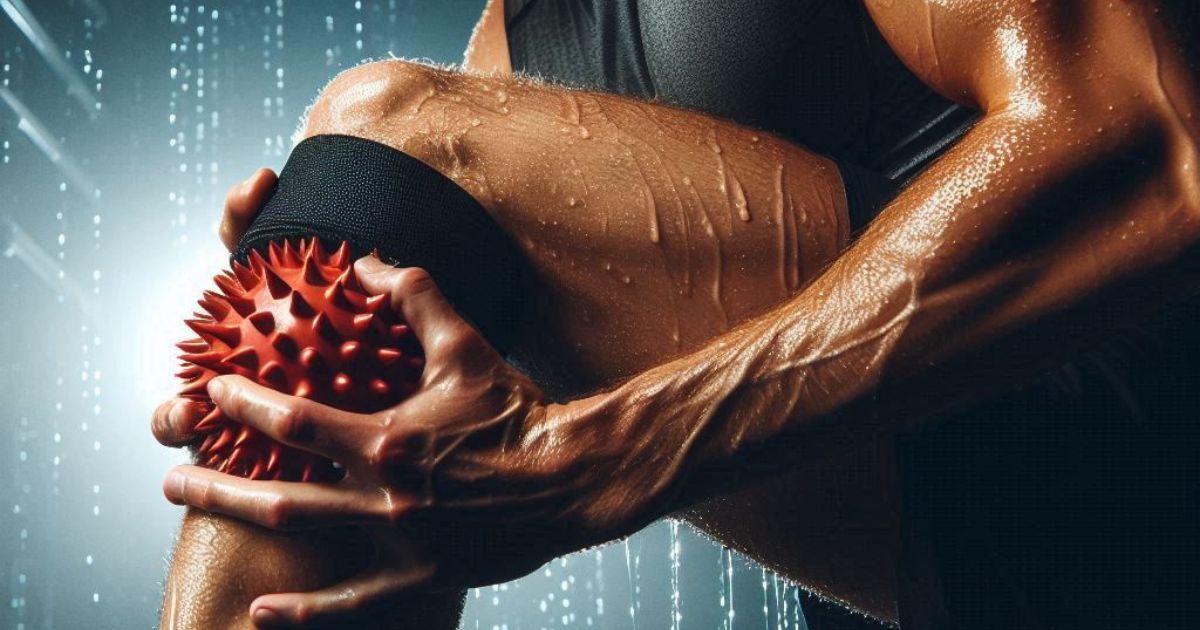
Spiky balls offer a more intense massage experience compared to other options, making them ideal for individuals seeking deeper penetration and increased muscle stimulation.
Benefits:
- Intense massage: Provide a powerful and invigorating massage experience.
- Deep tissue release: Effectively break down muscle knots and adhesions.
- Improved circulation: Stimulate blood flow and promote healing.
Usage Techniques:
- Start with a lower intensity: Begin with a softer spiky ball and gradually increase the intensity as you become accustomed to the sensation.
- Apply gentle pressure: Start with gentle pressure and gradually increase as needed.
- Roll back and forth: Slowly roll the spiky ball over the affected area, focusing on areas of tension.
- Listen to your body: Avoid pushing through pain and stop if you experience discomfort.
Pros and Cons:
Pros:
- Intense massage experience
- Effective for deep tissue release
- Can be used for various body parts
Cons:
- May be uncomfortable for beginners
- Requires caution to avoid injury
- May not be suitable for individuals with sensitive skin
If you’re seeking a more intense massage experience and are comfortable with the sensation of spikes, spiky balls can be a valuable addition to your recovery routine.
However, it’s essential to start with caution and listen to your body to avoid any discomfort or injury.
5. Peanut Massage Balls – A Targeted Tool for Muscle Relief
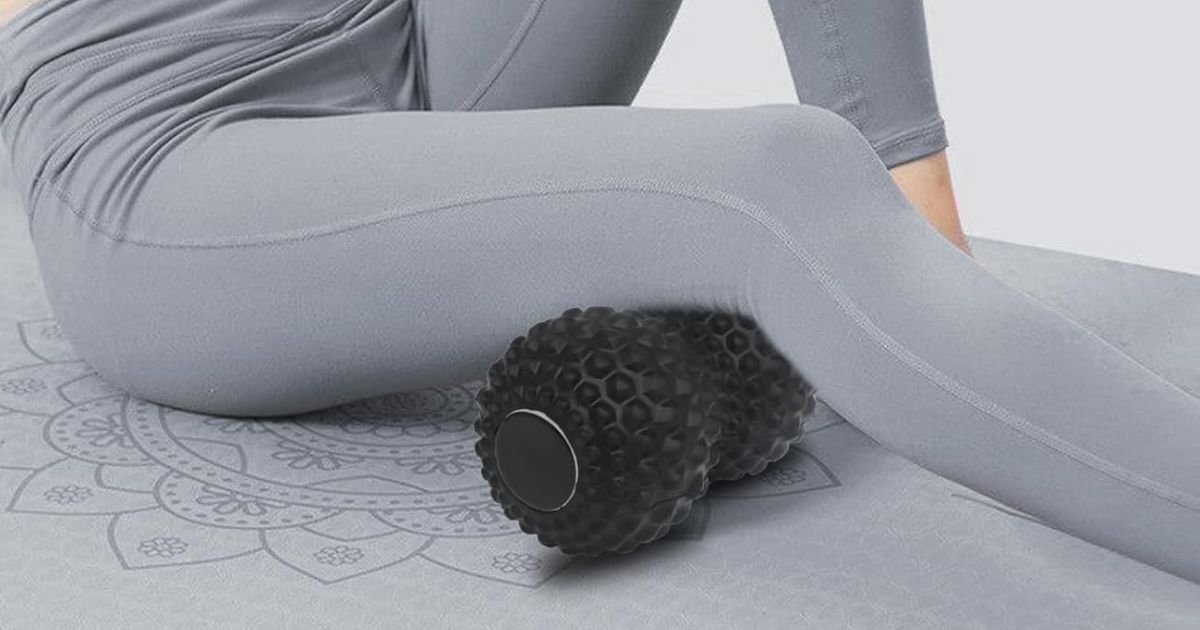
Peanut massage balls are specifically designed to target smaller muscle groups, such as the calves and hamstrings.
Their unique shape allows for precise application of pressure to these areas, providing effective relief from muscle tension and soreness.
Benefits:
- Targeted relief: Ideal for addressing muscle tension in the calves, hamstrings, and other smaller muscle groups.
- Improved flexibility: Help to increase range of motion in these areas.
- Enhanced recovery: Can aid in recovery from workouts or injuries.
Usage Techniques:
- Place the peanut massage ball: Position the peanut massage ball between the muscle and a hard surface, such as a wall or the floor.
- Apply pressure: Use your body weight to apply gentle pressure to the ball.
- Roll back and forth: Slowly roll the peanut massage ball over the affected area, focusing on areas of tension.
- Adjust pressure: Experiment with different levels of pressure to find what works best for you.
Pros and Cons:
Pros:
- Highly effective for targeting smaller muscle groups
- Portable and easy to use
- Can be used for various body parts
Cons:
- May not be as versatile as other options for larger muscle groups
- Requires some practice to use effectively
By incorporating peanut massage balls into your recovery routine, you can effectively target specific muscle groups and alleviate tension in areas that may be difficult to reach with other tools.
Choosing the Right Alternative
When selecting the best foam roller alternative for your needs, consider the following factors:
- Muscle tightness: If you have particularly tight muscles, you may benefit from a more intense tool like a spiky ball or percussion massager.
- Injury history: If you have a history of injuries, opt for gentler options like a tennis ball or foam roller to avoid further discomfort.
- Personal preference: Experiment with different tools to find what feels most comfortable and effective for you.
If you’re new to deep tissue massage, it’s recommended to start with a softer option like a lacrosse ball or tennis ball.
Gradually increase the intensity as you become accustomed to the sensation.
Don’t be afraid to experiment with different alternatives to find the perfect tool for your needs.
Each option has its unique benefits, and what works best for one person may not be ideal for another.
Tips for Effective Deep Tissue Release
To maximize the benefits of using foam roller alternatives, incorporate these tips into your recovery routine:
- Warm-up: Before using any of these tools, engage in light cardio or dynamic stretching to prepare your muscles.
- Listen to your body: Pay attention to your body’s signals and avoid pushing through pain. If you experience discomfort, stop and take a break.
- Breathe deeply: Focus on deep, steady breaths to relax your muscles and reduce tension.
- Be consistent: Regular use of these tools can lead to significant improvements in muscle recovery and flexibility. Incorporate them into your routine on a consistent basis.
By following these guidelines, you can optimize the effectiveness of your deep tissue release sessions and experience the full benefits of these alternative tools.
Frequently Asked Questions
Q: Are foam roller alternatives suitable for beginners?
A: Yes, most foam roller alternatives can be used by beginners. However, it’s recommended to start with softer options like lacrosse balls or tennis balls and gradually increase the intensity as you become more comfortable.
Q: How often should I use foam roller alternatives?
A: The ideal frequency depends on your individual needs and workout intensity. Aim for 2-3 times per week for general maintenance or more frequently if you have specific areas of muscle tension.
Q: Can I use foam roller alternatives for injury recovery?
A: Yes, foam roller alternatives can be a valuable tool for injury recovery. However, it’s essential to consult with a healthcare professional for guidance on specific exercises and techniques.
Q: Are there any risks associated with using foam roller alternatives?
A: While foam roller alternatives are generally safe, it’s important to use them properly and avoid excessive pressure. Listen to your body and stop if you experience any pain or discomfort.
Q: Can I use foam roller alternatives while watching TV or working?
A: Yes, many foam roller alternatives, such as lacrosse balls or tennis balls, can be used while engaging in other activities. This can make it easier to incorporate them into your daily routine.
Q: Can I use foam roller alternatives in conjunction with other recovery techniques?
A: Absolutely! Foam roller alternatives can be used in combination with other recovery techniques, such as stretching, foam rolling, or massage therapy, to enhance the benefits.
Remember to:
- Listen to your body: Avoid pushing through pain and stop if you experience discomfort.
- Start gradually: Begin with softer options and gradually increase intensity as you become more comfortable.
- Be consistent: Incorporate foam roller alternatives into your regular recovery routine for optimal results.
Testimonials
Athlete 1: “I used to struggle with tight hamstrings after intense workouts. Since incorporating peanut massage balls into my recovery routine, I’ve noticed a significant improvement in flexibility and reduced muscle soreness.”
Athlete 2: “I love using lacrosse balls for self-massage. They’re so portable and allow me to target specific areas of tension. My recovery time has improved dramatically.”
Athlete 3: “I’ve tried several foam roller alternatives, and I’ve found that trigger point therapy balls are the most effective for releasing muscle knots. They provide targeted relief and have helped me reduce pain and improve my performance.”
Takeaway

By exploring the various foam roller alternatives discussed in this guide, you can discover effective tools for deep tissue release that may be more comfortable and targeted than traditional foam rollers.
Remember to:
- Experiment with different options to find the tool that best suits your needs and preferences.
- Listen to your body and avoid pushing through pain.
- Be consistent with your recovery routine to experience the full benefits of these alternatives.
By incorporating foam roller alternatives into your recovery regimen, you can effectively address muscle tension, improve flexibility, and enhance your overall well-being.
References
- The effectiveness of deep tissue massage on pain, trigger point, disability, range of motion and quality of life in individuals with myofascial pain syndrome. ResearchGate
- Deep Tissue Massage. National University Of Health Sciences
Related Posts
No posts
